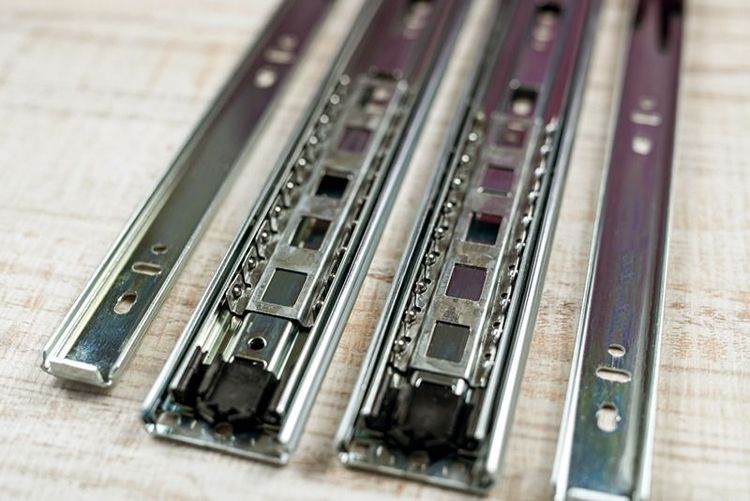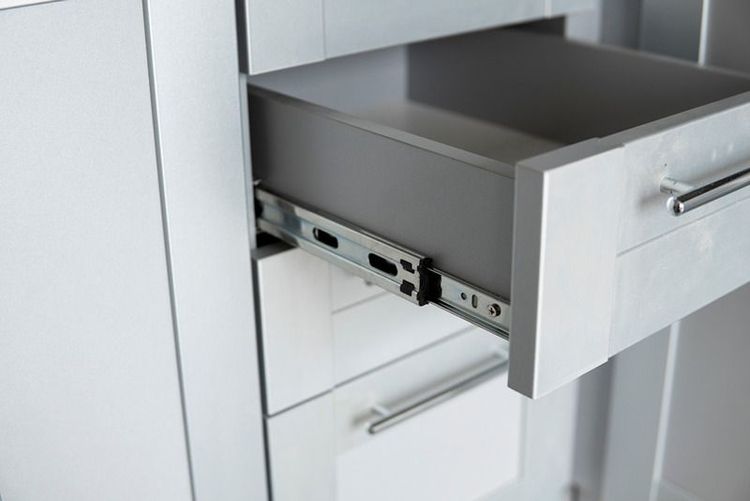Designing modular furniture with steel offers an exciting blend of strength, durability, and contemporary style. At JSW One MSME, where we provide a comprehensive range of steel products, choosing the right steel and understanding its unique qualities can transform furniture designs, making them functional and aesthetically pleasing. In this blog, we’ll explore the key considerations when working with steel in modular furniture, offering practical tips and insights to help you create beautiful and long-lasting pieces.
1. Choosing the right type of steel
Selecting the right type of steel is the foundation of any good furniture design. Each type of steel has distinct properties that can significantly affect the performance and appearance of furniture.
CR2 steel (cold-rolled steel): Cr2 steel is a popular furniture choice for precise shapes and smooth surfaces. Its cold-rolled process enhances the steel’s strength and provides a sleek, clean finish, ideal for minimalist and modern designs.
PPGL (Pre-Painted Galvanised Steel): with its colourful, corrosion-resistant coating, PPGL is perfect for outdoor furniture or pieces exposed to the elements.
Galvanised (GI): GI steel is coated with zinc to resist rust and corrosion, making it suitable for indoor and outdoor furniture. It’s a great option when you need a balance of strength, durability, and cost-effectiveness.
Mild steel: mild steel is versatile and easy to work with, making it a favourite for many furniture designers. It’s well-suited for creating frames and structural components due to its ease of welding and affordability.
Stainless steel: renowned for its resistance to corrosion and staining, stainless steel is perfect for high-moisture environments and outdoor settings. It offers a sleek, modern look that adds a touch of elegance to any piece.
Key considerations when designing with steel in modular furniture


2. Design flexibility and fabrication techniques
The success of design also depends on the fabrication techniques you use. Here are some tips to keep in mind:
Welding: different steels require different welding techniques. For example, Tungsten Inert Gas (TIG) welding is often preferred for stainless steel due to its precision and clean finish, while Metal Inert Gas (MIG) welding is suitable for mild steel and galvanised options.
Cutting and bending: techniques like laser cutting are ideal for achieving intricate designs with high precision. On the other hand, bending requires careful consideration of the steel’s thickness and type to avoid cracking or warping.
3. Surface treatments and finishes
The finish of steel furniture enhances its appearance and protects it from wear and tear. Here are some common finishes to consider:
Powder coating: a durable finish available in a wide range of colours, powder coating is ideal for indoor and outdoor furniture. It provides a smooth, even surface that resists chipping and scratching.
Galvanising: galvanising involves coating steel with zinc to prevent rusting. It’s particularly useful for outdoor furniture or pieces exposed to moisture, ensuring longevity and durability.
Polishing: for a sleek, reflective finish, especially with stainless steel, polishing is a great choice. It enhances the metal’s natural shine and is perfect for modern, contemporary designs.
4. Weight and practicality
Steel, while strong, can be heavy, which may affect the practicality of furniture. Here’s how to manage weight without compromising on quality:
Optimising structure: using hollow sections or thinner sheets can reduce the overall weight of the furniture. This approach is particularly useful for modular designs that need to be easy to transport and assemble.
Modular design: designing furniture that can be easily assembled and disassembled makes transportation easier and offers flexibility in design. This is particularly beneficial for customers looking for customisable and adaptable pieces.
Design for longevity: creating timeless designs built to last reduces the need for frequent replacements, ultimately saving resources and reducing waste.

5. Aesthetic integration
Steel is a versatile material paired with various other materials to create stunning contrasts and unique designs. Consider how steel’s sleek, industrial look can be softened or complemented:
Mixing materials: combining steel with wood, glass, or fabric can create a warm, inviting look while maintaining the strength and durability of steel. For example, a steel frame with a wooden top can offer a modern yet rustic aesthetic.
Colour and finish coordination: using powder coating, you can match or contrast steel with other materials, enhancing the overall visual appeal of the furniture.
Conclusion
By understanding the properties of different types of steel, choosing the right fabrication techniques, and considering practical and sustainable aspects, you can create furniture that is not only robust but also elegant and versatile.
At JSW One MSME, we’re committed to providing high-quality steel products that meet needs, whether you’re designing for functionality, aesthetics, or sustainability. With these insights, you can confidently explore the potential of steel in modular furniture designs, crafting pieces that are built to last and sure to impress.
Buy online
Mild SteelStainless SteelStructural SteelTMTCementJSW One MSME
About usBlogsSitemapJSW One TMTPolicy
Terms & conditionsPrivacy policyReturn policyBanking partner


 +91 7208055523
+91 7208055523
 Help & support
Help & support
